Introducing a new line iPhone 14 he slowly knocks on the door. Apple should unveil the new quartet of Apple phones as usual in September alongside the Apple Watch Series 8. Although we are still a few months away from that time, we still have a rough idea of what changes Apple will show this time and what we can look forward to . If we leave aside the reduction/removal of the cutout and the cancellation of the mini model, there is also a lot of debate among Apple users about improving the main camera sensor, which should offer 12 Mpx instead of the current 48 Mpx.
It could be interest you
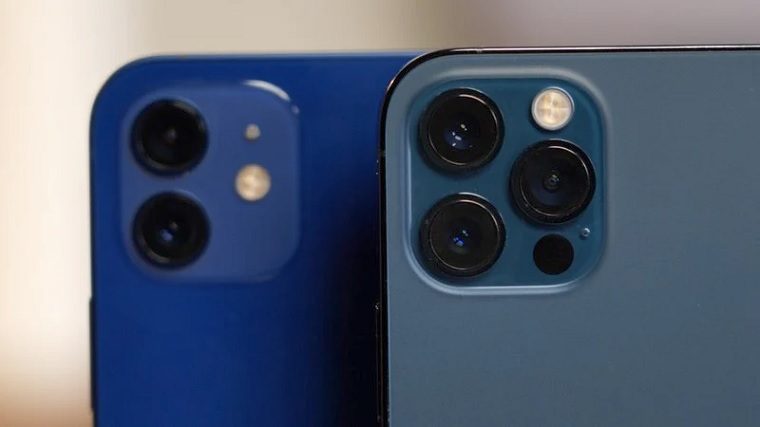
For now, however, it is not clear whether all iPhone 14s will boast this change, or only models with the Pro designation. But that's not quite the case now. It is appropriate to think about why Apple is actually deciding on this change and what the 48 Mpx sensor will actually benefit. In recent years, the Cupertino giant has been showing us that megapixels are not everything, and even a 12 Mpx camera can take care of first-class photos. So why the sudden change?
What is the benefit of a 48 Mpx sensor
As we have already mentioned above, megapixels are not the most important factor in determining the quality of the resulting photos. Since the iPhone 6S (2015), iPhones have had a 12MP main camera, while competitors could easily find 100MP sensors. A look at history can also be interesting. For example, the Nokia 808 PureView was introduced back in 2012 and had a 41MP camera. After a literally seven-year wait, iPhones should also be waiting.
But let's move on to the main thing, or why Apple decides to make this change. At the outset, it is worth mentioning that Apple is also responding to the current trend of increasing megapixels and is simply moving with the times. He could do something like this even if he didn't want to affect the resulting quality of the photos in any way. But the question is what the giant will use the additional megapixels for. It's all related to the overall development in the field of photography. While it used to be more recommended to use sensors with fewer megapixels, today the situation is reversed. The use of larger sensors meant smaller pixels and therefore more overall noise. Many experts therefore claim that this is exactly why Apple has stuck with the 12Mpx sensor until now.
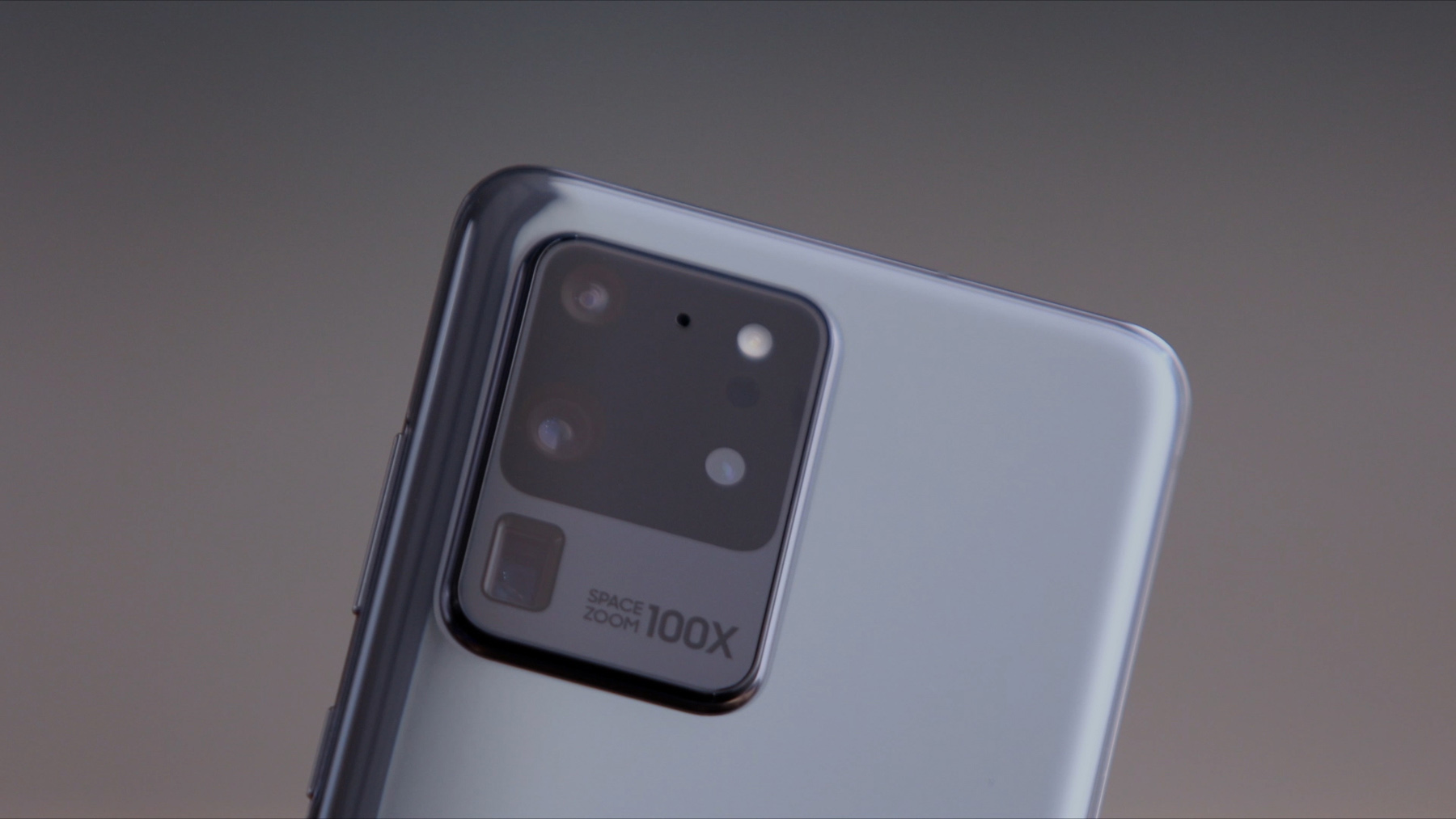
However, technologies are constantly moving forward and are moving to new levels year after year. In the same way, the technology has also seen a significant improvement pixel-binning, which specifically processes 4 adjacent pixels into one and generally offers a significantly higher quality of the resulting image. This technology is even moving so fast that today it can also be found in full-frame cameras such as the Leica M11 (for which you should prepare over 200 crowns). The arrival of the 48 Mpx sensor will clearly move the quality forward by several levels.
It could be interest you
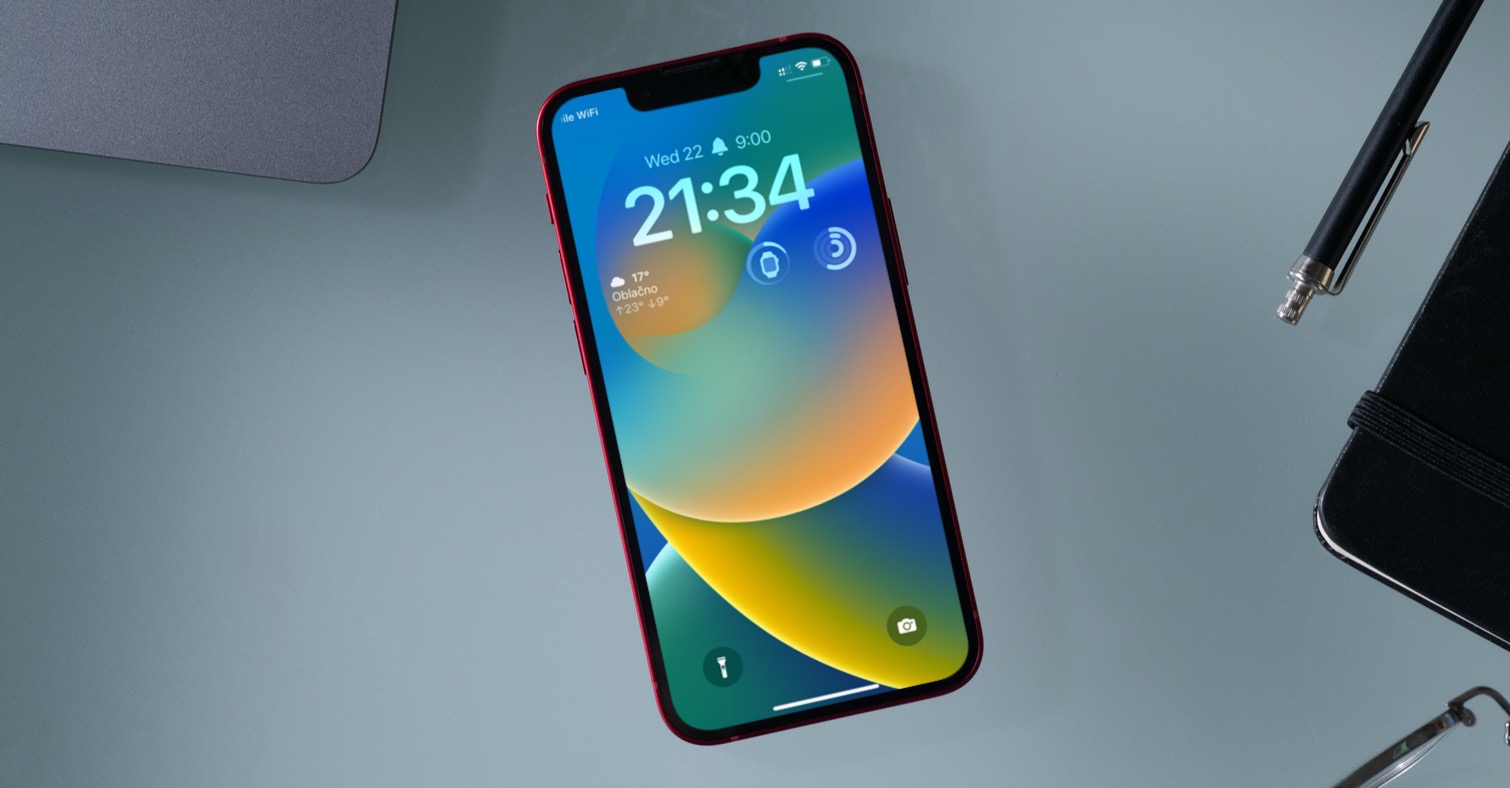
As we mentioned above, the question is also what Apple will use all these pixels for. In this regard, one thing is already clear in advance - shooting 8K video. The iPhone 13 Pro can now handle recording in 4K/60 fps, but it would need at least a 8Mpx sensor to record 33K video. On the other hand, what is the use of 8K video recording? Totally useless for now. With regard to the future, however, this is a very interesting ability, which the competition already manages.
Is it worth switching to a 48 Mpx sensor?
Although at first glance, replacing the 12Mpx sensor with a 48Mpx one looks like a clear win, in reality this may not be the case. The truth is that the current iPhone 13 Pro camera has taken years of development and effort to get it to where it is now. However, we most likely have nothing to worry about. If the Cupertino giant couldn't bring the new camera to at least the same level, it certainly wouldn't put it in its flagships. For this reason, we can count on improvement. In addition, this change will not only bring better photos or 8K video, but will probably also serve for augmented/virtual reality (AR/VR), which may still be connected to the expected Apple headset.
 Flying around the world with Apple
Flying around the world with Apple 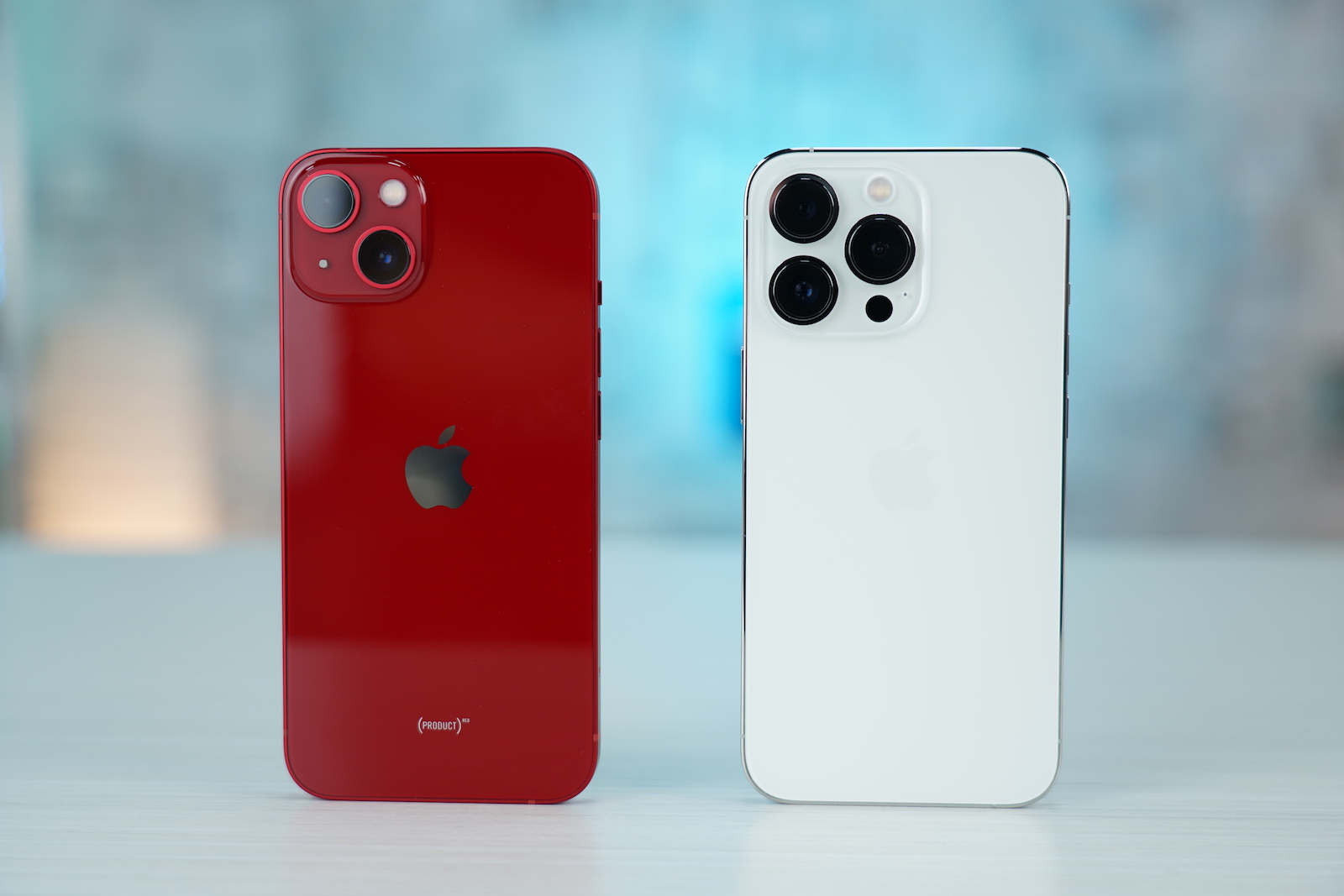
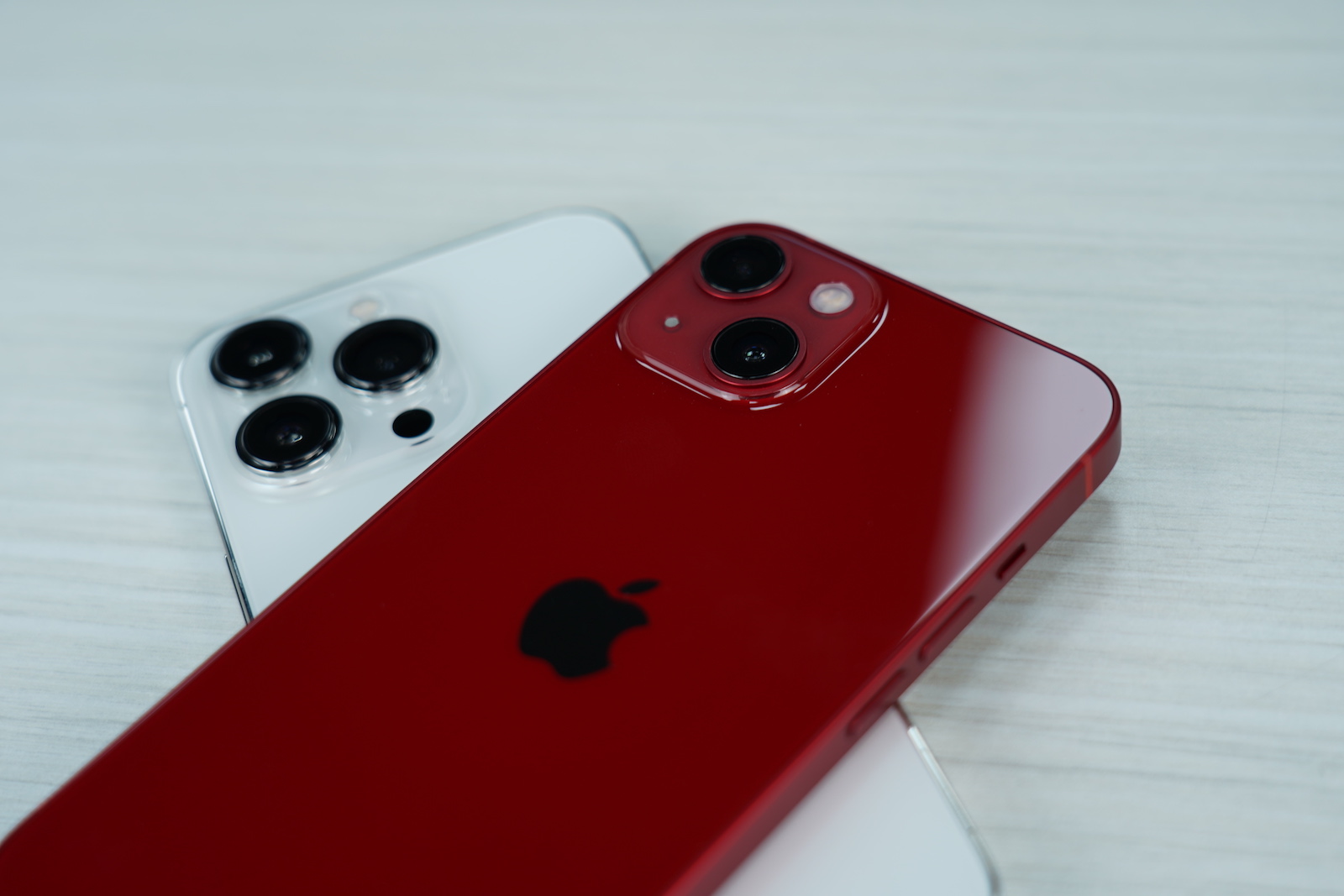
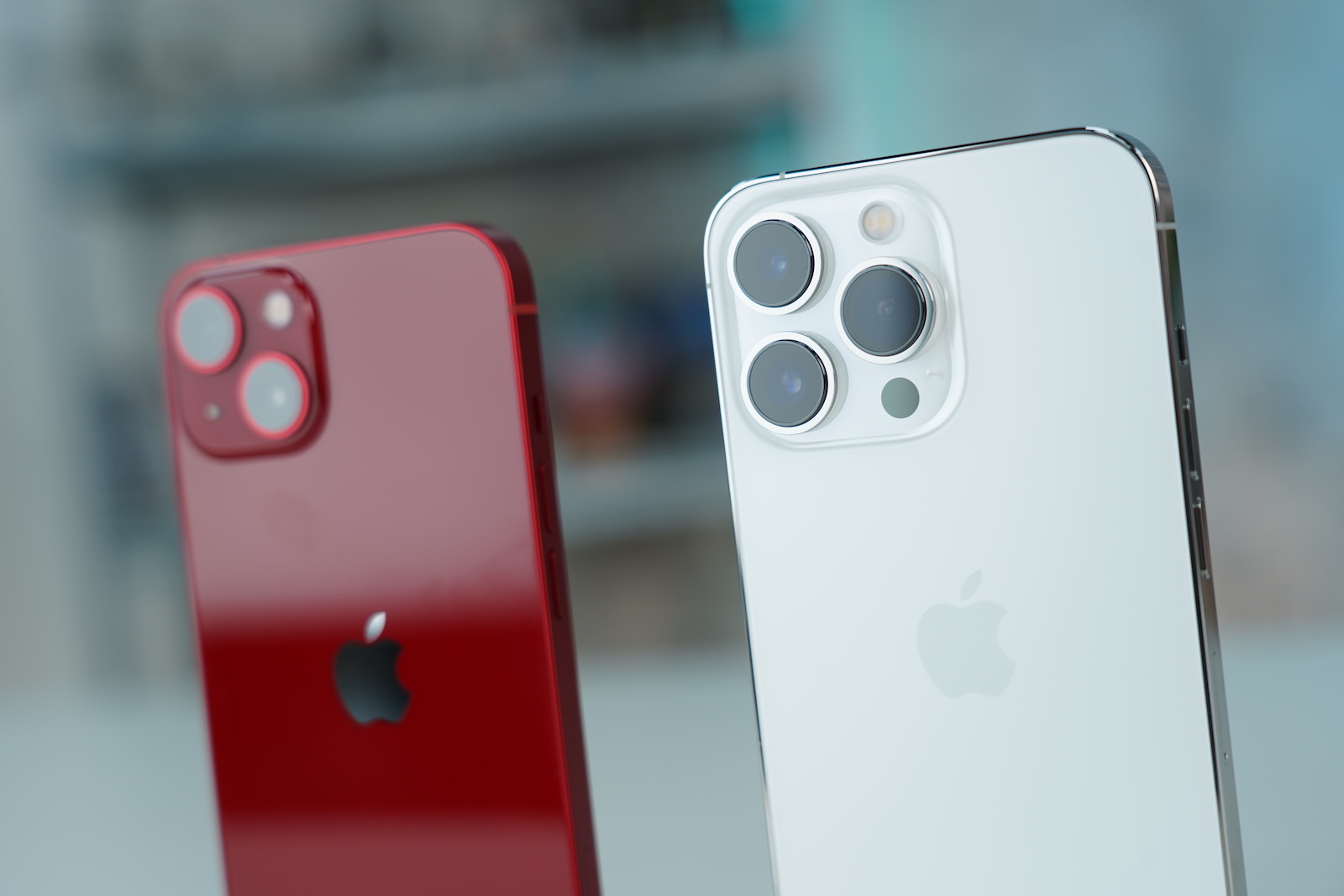
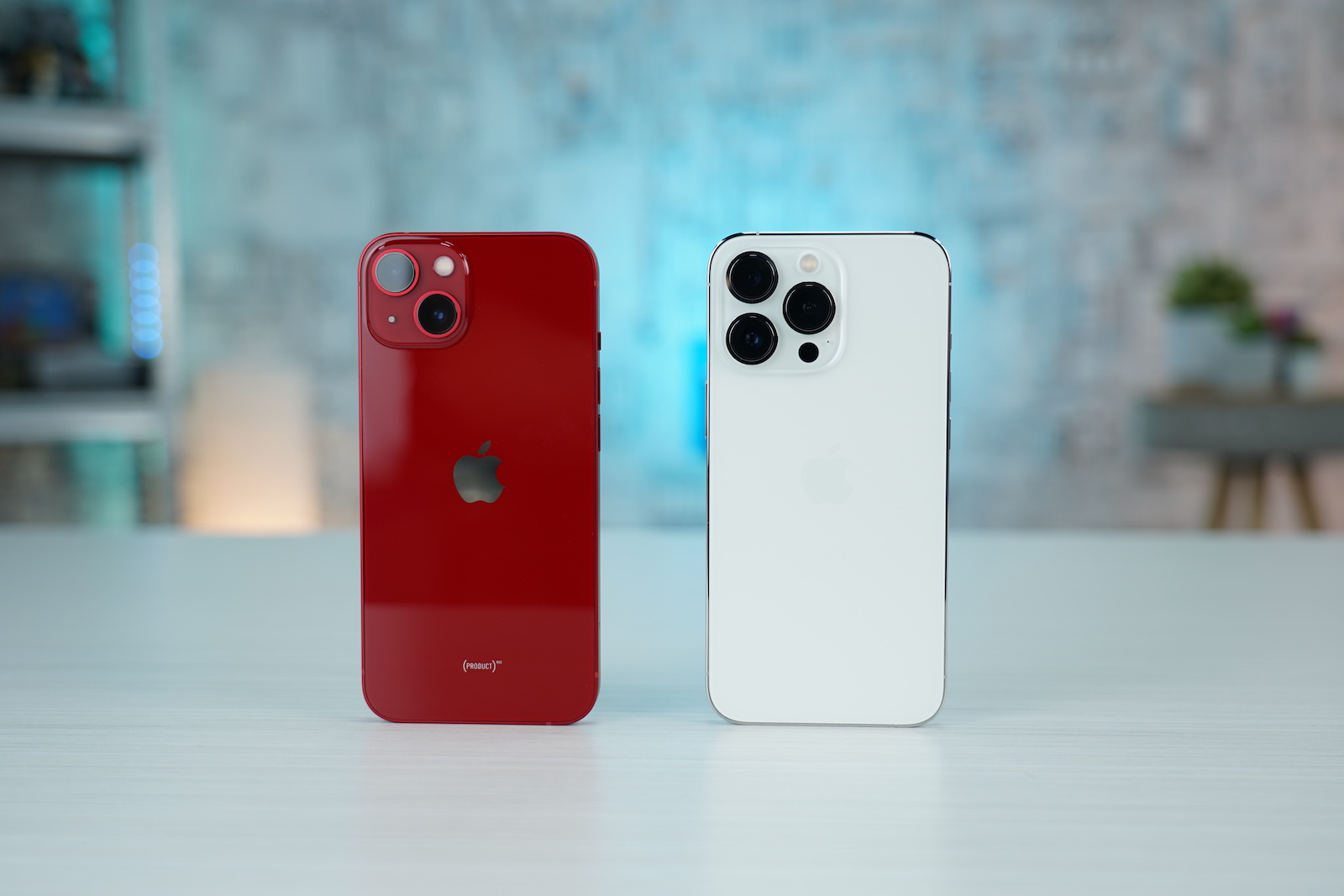
So I'm a complete layman, but I imagine that with more megapixels, the photo will be more usable even when enlarged (for example, when printing in a larger format), is this correct, or am I wrong? There is no mention of it in the article.
Yes, that's right 😎
It's not so.
The more pixels, the more noise, i.e. the information is there but it is noisy and therefore useless.
Did you come up with that yourself?
Yes and no. More Mpx is good for cropping, but this in turn comes with multiple lenses with different focal lengths. In the end, 2x zoom means 4x less resolution. Then the 12 Mpx lens with a longer focus will do the same magic with better image quality.
My tip is that photos will continue to be saved at 12 Mpix, but digital zoom will be better.
Hi Mr. Vráťa, I liked your article.
The only reason why he should do it is because of the 8k video, because as the author wrote, it makes no sense. Of course, more mpx means higher resolution photos, so we could print a bigger photo, which is again nonsense because 99% of the time we take photos on social media, where the photo is still waiting to be compressed. Higher mpx, which also means higher noise, depends on the physical size of the sensor. So, if I don't make a bigger sensor, it will be in bad light, where I have to reach for the ISO order, and of course the performance of the processor also plays a role, which makes up for the missing mpx. Here I would trust Apple :) For the sake of interest, the size of the full-frame camera's sensor is 36x36mm on the phone, barely the size of a fingernail.
It doesn't make sense today. If you are producing a 4K video, it is useful to have a source with a higher resolution, today's YouTubers often make various zooms, if you are making a technical video, nature, tutorial..., and during post-production you remember that some detail would be useful, all this can be done from 8K videos can be made without loss of quality, or with a loss of quality significantly lower than when using a 4K source video. 8K source video makes sense today.
Repair 36x24mm